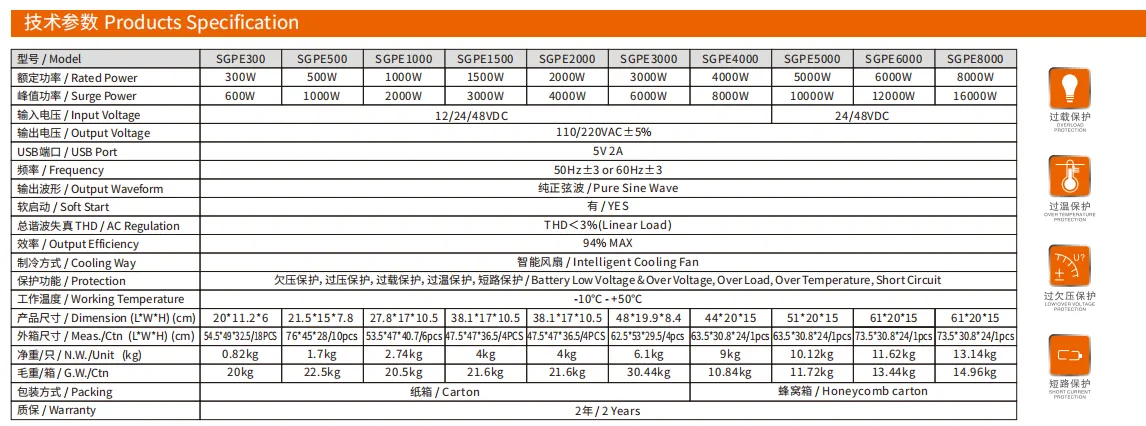Exploring the Advantages and Applications of Bifacial Solar PV Technology in Renewable Energy Systems
The Advancements and Benefits of Bifacial Solar PV Technology
In recent years, the solar energy industry has witnessed significant advancements, one of which is the emergence of bifacial solar photovoltaic (PV) technology. Bifacial modules, which can capture sunlight on both sides, offer enhanced energy generation and efficiency compared to traditional monofacial panels. This article explores the working principles, advantages, and potential applications of bifacial solar PV technology.
Understanding Bifacial Solar PV Technology
Bifacial solar panels are designed with solar cells on both the front and rear sides, allowing them to harness sunlight from multiple angles. This double-sided functionality means that they can capture direct sunlight as well as reflected sunlight, known as albedo light, which is particularly useful in specific environments like snowy or sandy areas where reflection is high. This capability increases their overall energy production, making them a more efficient choice for solar power generation.
Enhanced Efficiency and Energy Output
One of the primary advantages of bifacial solar PV technology is its ability to generate more electricity than conventional solar panels. Research indicates that bifacial panels can produce 10% to 30% more energy than monofacial panels, depending on installation conditions, reflective surfaces, and geographic location. The increased energy output not only enhances the return on investment for solar projects but also contributes to the overall efficiency of solar energy systems.
Durability and Longevity
Bifacial solar panels are generally built with high-quality materials that enable them to withstand various environmental conditions. Many bifacial models are constructed with a transparent back sheet or glass, which protects the solar cells from physical damage and UV degradation. This robustness can lead to a longer lifespan, often exceeding 30 years, ensuring that investments in solar infrastructure yield dividends for an extended period.
bifacial solar pv

Variety of Applications
The versatility of bifacial solar PV technology allows for a wide range of applications. These panels can be installed in utility-scale solar farms, rooftop systems, and even in dual-use scenarios, such as agrivoltaics, where solar panels are installed over agricultural land. By providing shade for crops, bifacial solar systems can help improve water retention while simultaneously generating clean energy, making them an attractive option for sustainable farming practices.
Environmental Benefits
The shift towards bifacial solar technology aligns with global efforts to reduce carbon emissions and combat climate change. By maximizing energy output and efficiency, bifacial solar PV systems contribute to lower carbon footprints and promote the use of renewable energy sources. Moreover, the adoption of solar technology reduces reliance on fossil fuels, further aiding in environmental conservation.
Challenges and Future Prospects
Despite the numerous advantages, bifacial solar technology also faces challenges. The initial cost of installation can be higher due to the advanced materials and technology involved. Additionally, optimal performance requires careful consideration of site conditions, such as ground reflectivity and shading. However, as research continues and technology advances, these challenges are likely to be addressed, paving the way for broader adoption.
In conclusion, bifacial solar PV technology represents a significant innovation in the renewable energy sector. With its ability to capture sunlight from both sides, enhance energy output, and promote sustainability, bifacial solar panels are poised to play a crucial role in the future of solar energy. As awareness and investment in such technologies grow, they hold the potential to transform the landscape of energy generation and lead us toward a more sustainable future.
-
Unlocking Energy Freedom with the Off Grid Solar InverterNewsJun.06,2025
-
Unlock More Solar Power with a High-Efficiency Bifacial Solar PanelNewsJun.06,2025
-
Power Your Future with High-Efficiency Monocrystalline Solar PanelsNewsJun.06,2025
-
Next-Gen Solar Power Starts with Micro Solar InvertersNewsJun.06,2025
-
Harnessing Peak Efficiency with the On Grid Solar InverterNewsJun.06,2025
-
Discover Unmatched Efficiency with the Latest String Solar InverterNewsJun.06,2025







